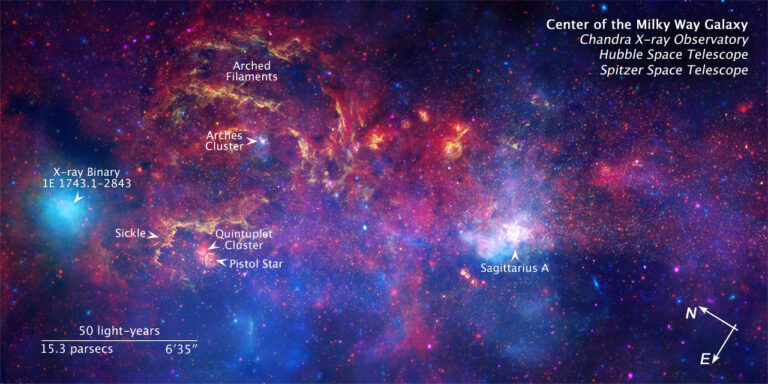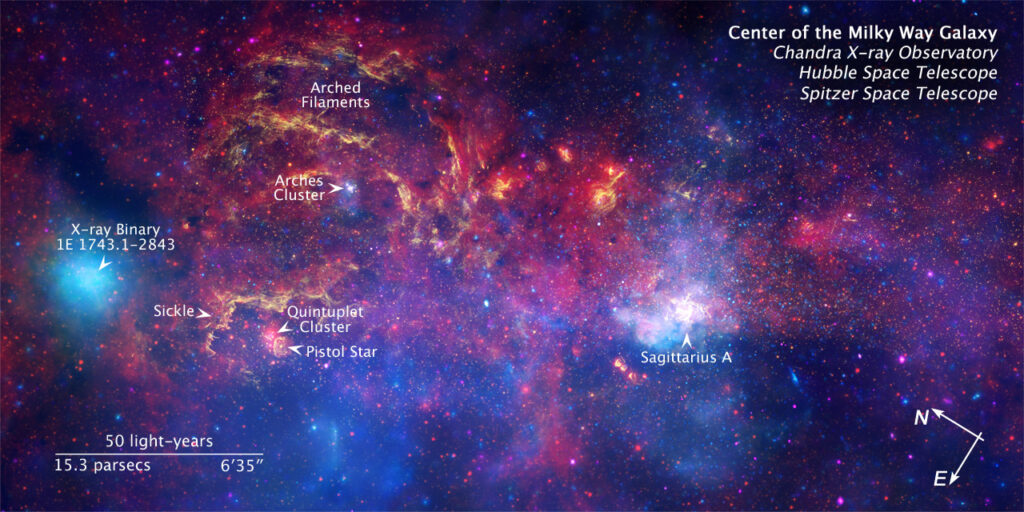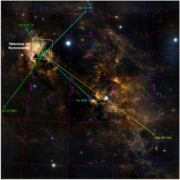New research published posthumously by lead author Dr Simon Clark from the Open University in the UK demonstrates, for the first time, that the most massive stars known are not as lonely as previously thought. Instead, they are mainly found in binary systems with companion stars.
Massive stars live violent lives: they continuously expel material that enriches their surrounding environment and eventually explode. As well as this playing a vital role in the production of elements in the Universe, when they explode such stars produce compact objects (such as black holes). These objects can then go on to create gravitational wave events, such as two black holes colliding, which have only recently begun to be observed.
Despite their importance, many properties of massive stars are still not known. One of the key factors that determines how the most massive stars live and die is whether or not they interact with a binary companion star, and this is something we are only now beginning to understand.
The centre of our Galaxy, the Milky Way, is home to a uniquely large population of massive stars, which tend to be concentrated together in clusters. The Arches cluster, named after the illuminated filaments that frame the cluster (see the image below), hosts some of the most massive stars known and provides us with an excellent opportunity to understand more about the binary properties of the most massive stars.
The researchers undertook an observing campaign using the European Southern Observatory’s Very Large Telescope (VLT) using multiple instruments that allowed them to track the motions of the most massive stars in the Arches cluster. The results clearly showed that, of the most massive stars in this cluster (the so-called O-type hypergiant stars), more than 50% are currently in binary systems.
“The Arches cluster is so heavily obscured by material in the line of sight that we must use telescopes and instruments in wavelength regions – such as the infrared – that allow us to peer through this material” explains Dr Lee Patrick from the Centro de Astrobiología, CSIC-INTA, and co-author of the research.
This was not exactly what was expected. “It was previously thought that the most massive members of this cluster were produced as a result of two stars interacting, but because of this were no longer part of a binary system and instead looked like single stars. However, this is not what we observed” elaborated Dr. Francisco Najarro, also from the Centro de Astrobiología, CSIC-INTA, and a co-author of the research.
Not only are these stars in binary systems, but the researchers have also shown that these stars are not yet interacting. Because these stars are orbiting so closely together, it is expected that they will eventually collide and merge together to form a single star. However, as we now know they aren’t yet even interacting, we know that this won’t happen for a long time to come.
Scientific paper published in Monthly Notices of the Royal Astronomical Society
Reference and doi:Clark et al. 2023, MNRAS, in press










